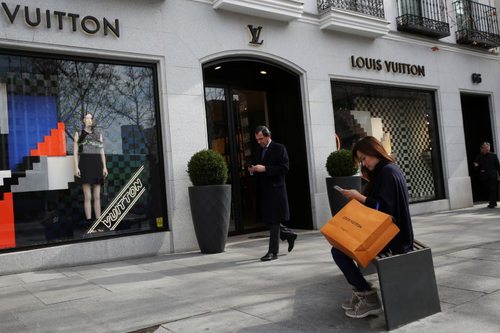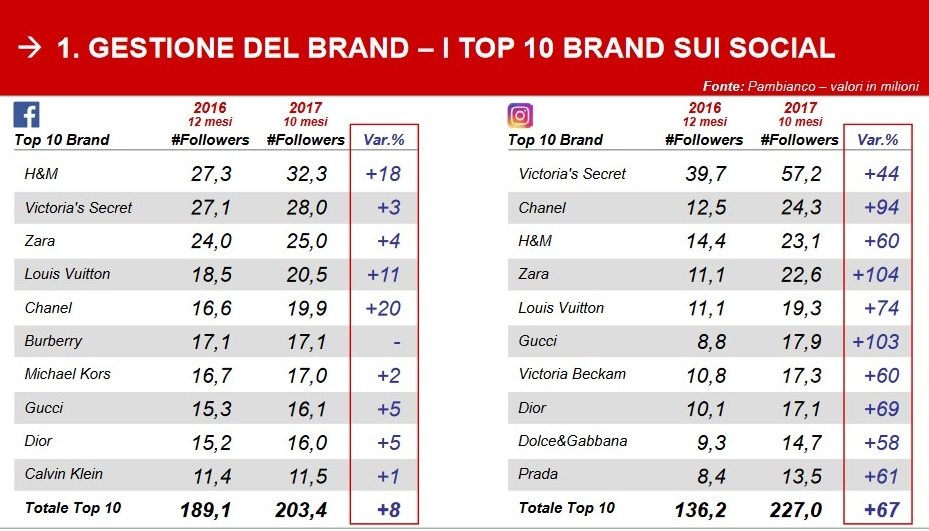Nov 20, 2017
Luxury industry to bounce back in 2017
Nov 20, 2017
After a rather weak 2016, the luxury sector looks to be on track to bounce back in 2017. Until recently, analysts predicted growth of 5% for this year, but the global luxury market could well be looking at an increase of 6 to 7% in constant currencies. That means the industry could record an estimated total turnover of 250 billion euros, according to a more optimistic study presented by Deutsche Bank in Milan this Thursday, during the Fashion & Luxury Summit organised by Pambianco.

This acceleration is thanks, in large part, to Chinese consumers, whose domination of market demand continues to grow. China currently accounts for 31% of total demand, but this figure should increase to 34% by 2020, with more than 60% spending outside of China. This has also been decisive, in addition to the return of European consumers, who account for 19% of the market, according to Deutsche Bank's study.
Luxury consumers have been tempted by more attractive products and standardized prices. Geographically, major spending on luxury products occurs in Europe (33%), followed by the Americas (32%) and China (13%).
Furthermore, more than half of demand is generated by tourism, a real market driver, with region-dependent variations: 58% in Europe, 55% in Asia, more than 20% in the United States and Japan. The study's authors pointed out that travelling consumers represent valuable resources for the luxury industry but are unpredictable as they can be influenced at any moment by external factors (exchange rates, the geopolitical situation, and the implementation of visa restrictions, among other issues).
Nonetheless, travel retail still has a lot of potential. According to Deutsche Bank, this sales channel accounts for up to 10% of the sector's turnover, benefiting from ever-increasing traffic through air transport hubs, where duty-free prices give luxury brands the upper hand compared to online retailers.
Millennials are another important factor. Falling into the 21 to 37 age bracket, this generation continues to push the growth of the luxury market, not only as consumers, but also as influencers. According to the study, millennials currently make up 27% of luxury consumers, but this percentage should rise to 33% in 2020, without even taking generation Z (8%) into account.
Another study, conducted by Pambianco, claims that millennials currently represent a quarter of the market and that this figure will rise to 40% in the next five to seven years.

The authors of both studies agree that in order to tackle this new market, there is no single strategy to adopt.
"Factors such as quality and exclusivity are now considered normal. What makes a difference these days is a company's capacity to appeal to consumers on an emotional level," claimed the authors of Deutsche Bank's study.
Pambianco's research underlines the importance of digital platforms and of accelerating cycles. Marketing is no longer dictated by seasons and collections but is renewed on a daily basis via instagram and e-commerce platforms, while collections are increasingly frequent and fragmented thanks to capsule, flash and resort collections.
The influence of digital platforms means that brands must now create an online community of their own. Due to this shift, brick-and-mortar stores will also have to change radically, while intermediaries and retailers are at risk of seeing their role diminished as digital communication promotes direct contact between brands and their consumers.
Copyright © 2024 FashionNetwork.com All rights reserved.


























